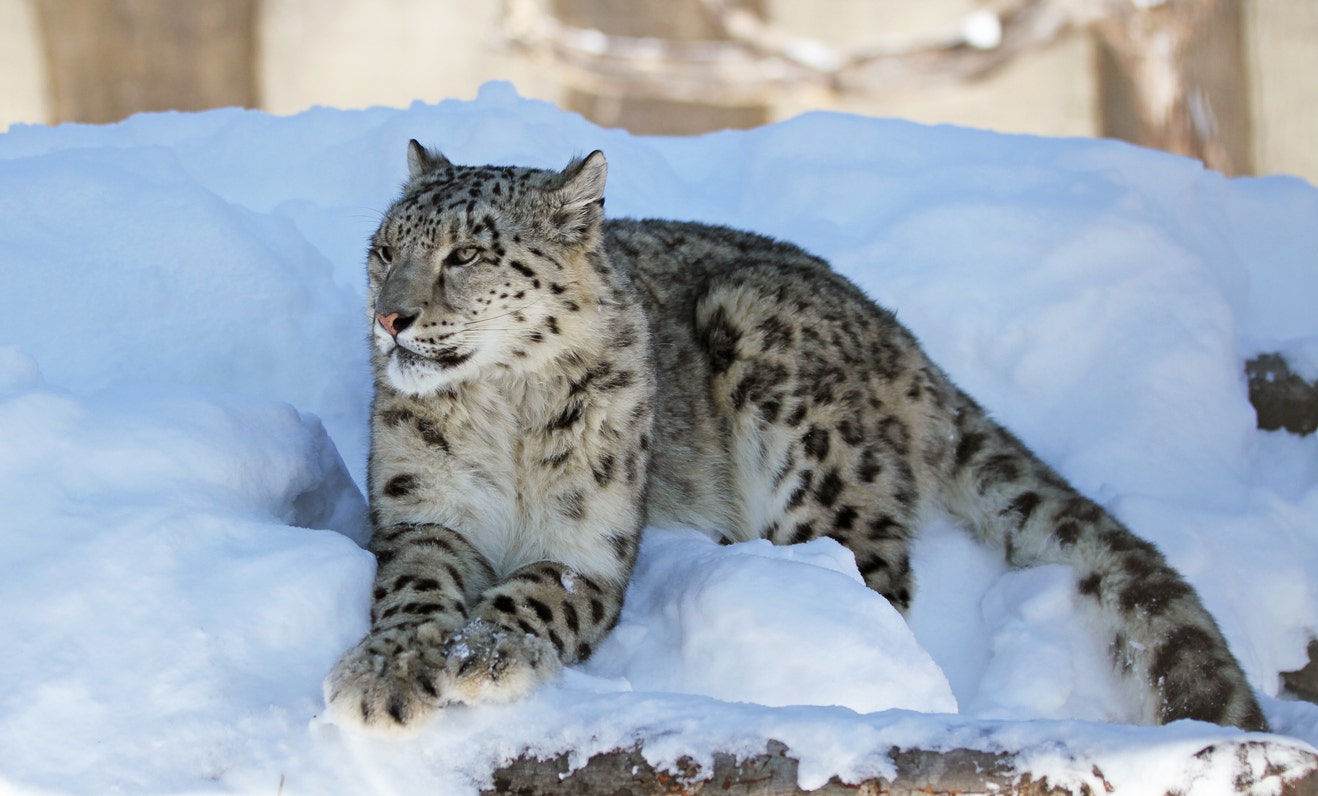Science with Sam: Are there volcanoes in space?

From the ancient eruptions of Mount Vesuvius to ash clouds twice the volume of Everest, volcanoes are some of the most powerful natural forces in the solar system. More than just magma and ash, volcanoes might hold the key to life on other planets. In this episode of Science with Sam, we explore the bizarre world of eruptions in space.
Tune in every week to for a new episode, or check back to newscientist.com
More about
Previous episode: Why haven’t aliens made contact yet?
Video transcript
Volcanoes are some of the most impressive and destructive natural forces in the world. They’ve shaped our planet and inspired countless amazing school science experiments.
Advertisement
But Earth is hardly unique in that respect. We’ve found volcanoes almost everywhere we’ve looked in the solar system. Some might even provide the spark for alien life.
On Earth, volcanoes are vents in the crust of the planet through which hot rocks, steam and ash can reach the surface. But elsewhere, all sorts of strange geology is at play.
Before we get into volcanoes in space, let’s remind ourselves just how powerful they can be on Earth. Eruptions are spectacular phenomena, as Hawaii’s Kilauea volcano showed in 2018.
Their impact can be felt thousands of kilometres away. In 2010, Iceland’s Eyjafjallajökull created an ash cloud so huge that it forced about 100,000 flights to be cancelled.
As destructive as these eruptions were, these are just your average, run of the mill volcanoes. Lying dormant under Yellowstone national park in the US is something much bigger: a supervolcano. Underneath it is a massive chamber of molten magma, enough to fill the Grand Canyon more than 11 times over.
If it were to blow, the environmental fallout would be immense. Hans Graf and his team at the University of Cambridge estimate that a super-eruption would cause global temperatures to fall by 1°C. Several centimetres of ash would blanket North America. The oceans would become more acidic and plant growth across the globe would be disrupted for years to come. Quite simply, it would threaten the very fabric of our civilisation.
But there’s no need to panic just yet. Cataclysmic supervolcano activity is extremely rare. The last time it happened was 75,000 years ago at Toba, on the Indonesian island of Sumatra. It spewed 2500 cubic kilometres of magma – nearly twice the volume of Mount Everest, making it the biggest eruption we’ve seen on Earth in the last 2 million years or so.
Though they can be a threat to human life, volcanoes may also be the very reason for our existence. Underwater volcanoes create hot springs called hydrothermal vents, which some scientists think may be where life got started on Earth.
If you want to learn more about that, watch our video about the origins of life. And while you’re there, don’t forget to subscribe to our channel.
On Earth, volcanic activity is powered by heat from radioactive elements that were locked away when the planet formed 4.5 billion years ago.
Mercury, Venus and Mars all formed in the same way, at the same time. But, while Venus still has active volcanoes today, the others only display evidence of ancient lava flows. Being smaller than Earth, their warmth has long since radiated away.
Olympus Mons on Mars, the highest volcano in the solar system at about twice the height of Everest, hasn’t erupted in about 25 million years. But recently, scientists found evidence of an eruption in a region called Cerberus Fossae on Mars as recently as 53,000 years ago. That would suggest it’s possible some parts of Mars may still be volcanically active today.
Beyond Mars, the solar system gets colder still, so it had been assumed there was little hope of finding active volcanoes. But we were in for a shock. In 1979, the Voyager 1 probe visited Jupiter’s moon, and spotted plumes of material at least 100 kilometres high and glowing blue eruptions from volcanoes including the 200 km wide Loki Patera.
When Cassini visited Saturn’s moon, Enceladus, in 2005, it found plumes of water shooting into space. It turns out that these plumes come from a salt water ocean hidden below Enceladus’s icy surface, kept warm by tidal heating caused by the gravitational tug of nearby bodies. These forces also open and close fissures on Enceladus’s crust allowing the plumes of water to shoot out.
Cassini was actually able to fly through the plumes and sample them, showing that they contained mineral grains, sodium salts, and complex carbon-based molecules.
All of this means Enceladus’s oceans may be a lot like ours, with liquid water, organic chemicals and an energy source – all the ingredients necessary for life. They might even have hydrothermal vents just like ours.
If you want to hear more about the latest discoveries in our solar system, subscribe to New Scientist magazine, using the link in the description to get 20 per cent off.
Even in the coldest reaches of the solar system, there’s volcanic activity going on. When New Horizons flew past Pluto, it saw mountains with holes in the top. These are thought to be ice volcanoes, fuelled by an underground ocean of water, kept liquid despite the icy temperature by a dash of ammonia. We’re not sure how it gets the heat needed to sustain volcanic activity, but it’s possible that methane gas trapped in its icy crust may act as an insulating layer of planetary bubble wrap.
We’ve even found evidence of volcanism on asteroids. Observations of the asteroid belt object Psyche by the Hubble Space Telescope hint that there are flows of iron lava on its surface. A NASA spacecraft is due to visit in 2026 to get a closer look. Discoveries like these are challenging our understanding about what volcanoes are and where we might find them.
Almost everywhere we have looked in the solar system, we have seen wild and wonderful volcanism. That doesn’t mean we can expect to find life in all these places, but one thing life does need is energy.
Discovering that volcanoes are widespread in our planetary neighbourhood suggests they may be common across the cosmos, as well. And that can only be encouraging for the prospects of life erupting on other planets.
More on these topics:




